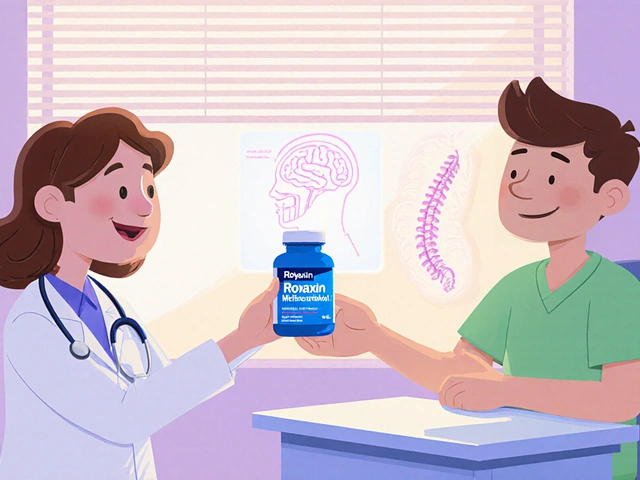Hormone Therapy Side Effects: What You Need to Know Before Starting
When you start hormone therapy, a medical treatment that adds or blocks hormones in the body to treat conditions like menopause, prostate cancer, or gender dysphoria. Also known as hormone replacement therapy, it can bring major relief—but it’s not without risks. Not everyone gets side effects, but if you do, they can range from mild bloating to serious issues like blood clots or mood changes. The type of hormone matters: estrogen therapy for menopause isn’t the same as testosterone therapy for low T, and neither is the same as thyroid hormone adjustments. Each has its own profile of possible reactions, and your age, health history, and dose all change the game.
Many people worry about estrogen therapy, a common treatment for hot flashes and vaginal dryness during menopause because of old studies linking it to breast cancer. But newer data shows that for healthy women under 60, the risk is low—especially when used short-term and at the lowest effective dose. Still, if you have a history of blood clots, liver disease, or certain cancers, your doctor will likely avoid it. On the flip side, testosterone therapy, used for low testosterone in men or sometimes in transgender care can cause acne, sleep apnea, or enlarged prostate. It doesn’t make you more aggressive, as myths suggest, but it can raise red blood cell counts, which might need monitoring. And if you’re on hormone therapy for gender transition, side effects like weight gain, mood swings, or changes in libido are normal—but they’re also manageable with the right support.
What’s often missing from the conversation is how menopause symptoms, like night sweats, brain fog, and mood dips can overlap with side effects of the treatment meant to fix them. That’s why tracking what you feel—day by day—is crucial. A headache after starting estrogen? Maybe it’s the hormone, maybe it’s stress. A sudden drop in energy on testosterone? Could be sleep apnea, could be your body adjusting. The key is knowing what’s normal adjustment versus what needs attention. And if you’re switching from one hormone to another, or stopping altogether, your body doesn’t just flip a switch. It readjusts slowly, and that’s when side effects often show up.
You’ll find real stories and practical tips below—from people who’ve managed hot flashes without pills, to those who dealt with testosterone-related fatigue, to patients who learned how to spot early signs of trouble. These aren’t generic warnings. They’re lessons from real experiences, backed by data and medical insight. Whether you’re considering hormone therapy, already on it, or just trying to understand what your doctor means, this collection gives you the clarity you need—without the fluff.

How to Handle Breakthrough Bleeding While Taking Conjugated Estrogens USP
Breakthrough bleeding on conjugated estrogens USP is common but not always normal. Learn why it happens, when to worry, and what to do next to find relief and safer hormone therapy options.
Categories
- Medications (41)
- Health and Medicine (40)
- Health and Wellness (34)
- Online Pharmacy Guides (15)
- Nutrition and Supplements (7)
- Parenting and Family (3)
- Environment and Conservation (2)
- healthcare (1)
- prescription savings (1)



